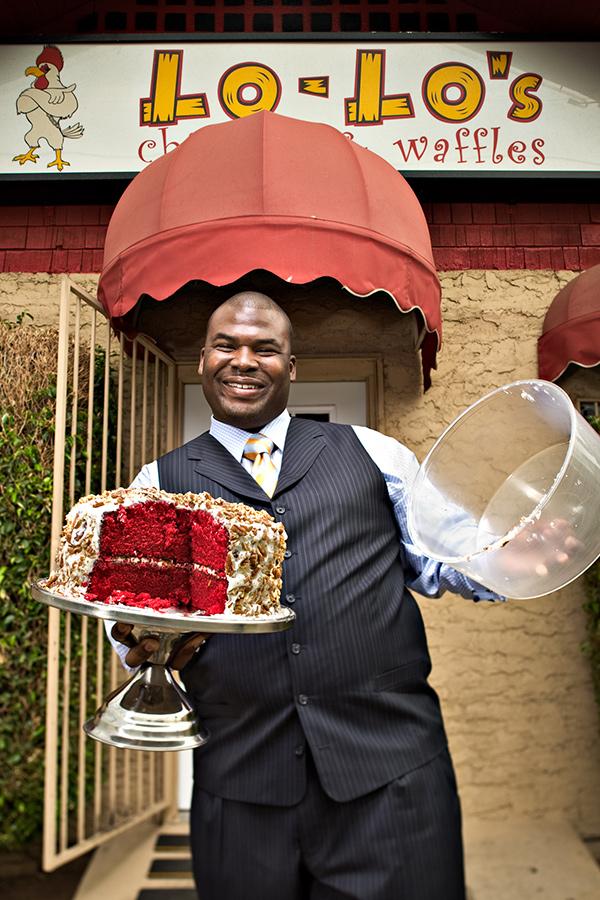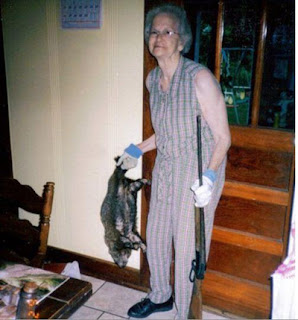1) The man was killed by the subway, due to the pushing of a panhandler who was harassing pedestrians. The man killed, Ki Suk Han, had attempted to approach the handler, only to be pushed onto active subway tracks. R. Umar Abbassi, a photographer, happened to be at the scene, which allowed him the opportunity to take the photo.
2) Abbassi was reportedly unable to help Han, but attempted to alert the subway drivers through the camera flashes. He gave this as his reason for the photograph.
3) Personally, I don't think the photographer should have taken the photo.
4) I don't think the photographer did the best thing in his position, because it seems like there would be a multitude of other options to alert the subway. These options could have included telling workers, or screaming to alert others to help him in lifting the man off the tracks.
5) I actually do agree with the decision to run the photograph on the cover of New York Times, because it helps raise awareness for malfunctions in the subway system and for a heads up on people like the panhandler.
6) To a photojournalist, it seems that capturing a photo would be more important than stopping bad things from happening, simply because it's their job. However, one would hope that in a situation such as this, an innocent life would be more important than a photograph depicting their death.
7) I think that in some cases it is ethic for photographers to involve themselves in a photo, possibly in an instance where the photograph has some sort of personal meaning for them. However, in a situation like this, the photographer shouldn't even have been thinking about taking a picture.
8) Photographers should mostly avoid influencing events in their photos, because it makes the accuracy of the photo unreliable. However, for a funny or joking shoot, events could possibly be influenced if viewers are told.
9) Wow! enough time to take a few pictures. Why didn’t the person help? How many pictures did they take? 3-4 pictures. And nobody tried to help. Not one person. The pictures sure shows that much. What an age we live in when getting the picture is more important! I am appalled.
This response seems to be the most appropriate, because it explains the wrong in taking a photo instead of helping save a life. It also points out how sad of an age we live in that the digital world is more important than a real life.
Wednesday, December 19, 2018
Monday, December 17, 2018
Final Exam Review
Award winning triathlete, Martin Lel, kisses the ground in light of his victory in the New York City Triathlon. Lel was filled with elation after his win and soon alerted his family back in Kenya of the joyous news.
Republican Ron Paul takes a prompt break following his lengthy debate. Paul advocated strongly for the second amendment, determined for it to undergo no change.
1) Rule of Thirds- Demonstrated when the subject o the photo is in a grid depicting thirds.
2) Balancing Elements- When certain components of a photo appear balanced or symmetrical.
3) Leading Lines- Lines in a photo that lead to the subject.
4) Symmetry and Patterns- Patterns or symmetry depicted within the photo.
5) Viewpoint- The point of view in which the photo is from.
6) Background- The scene or object behind the subject, not entirely in focus.
7) Create Depth- Depth is created by taking photos at different distances or perspectives.
8) Framing- When 2 or more sides of the picture are enclosed by certain objects (framed).
9) Cropping- Minimizing the picture to get certain elements or highlight the subject.
10) Mergers and Avoiding them- Unintentional mergers occur when the subject collides with something in the background.
Aperture- an opening in which light travels through, affecting the lighting of your photograph
Shutter Speed- amount of time the shutter is open, affecting exposure
ISO- measures the sensitivity in the picture, affects grain and exposure
Photo Manipulation Ethics
Ethical= color correcting, cropping, enhancing color
Unethical= body manipulation, changes to appearance
Environmental Portrait- Portrait taken where the environment plays a role in the photo.
Self Portrait- Portrait taken of yourself.
Casual Portrait- Can be a candid portrait that is not necessarily formal.
Exposure- amount of light in a photo
Depth of Field- distance where subject appears clear
Focal Length- distance between where the lens and the image sensor are (zoom in)
Early-
Poster-
Married to Type-
Forest of Words
Wednesday, December 5, 2018
Monday, November 26, 2018
Friday, November 16, 2018
4 Websites
Spiral Staircases:
http://petapixel.com/2014/12/19/disorienting-beauty-spiral-staircases-old-abandoned-buildings/
On the website, I looked at different images taken by Christian Richter, who photographs abandoned staircases. The images are taken in a variety of different homes, from different angles and perspectives, to capture the outdated but intricate spiral staircase.

1) I picked this photo because I liked the variety of colors and textures incorporated.
2) I see the rule of lines and the rule of thirds present in this photo.
3) Christian Richter took this picture.
Making A Projection
https://petapixel.com/2015/01/01/projector-brought-forest-turns-nature-glowing-wonderland/
On this website, I learned that projections can be displayed on a multitude of surfaces, including the forest. The article explained how two artists used projections to capture different photos.

1) I picked this photo, because the way the projection illuminates the frog is very interesting to look at.
2) The rule of simplicity and avoiding mergers is present in this picture.
3) Tarek Mawad took this photo.
Style
https://petapixel.com/2014/08/25/approaching-problem-style/
The website mostly explains different ways for photographers to express their own style, avoiding cliches. To develop style, you should step outside of the box and take pictures that excite you.
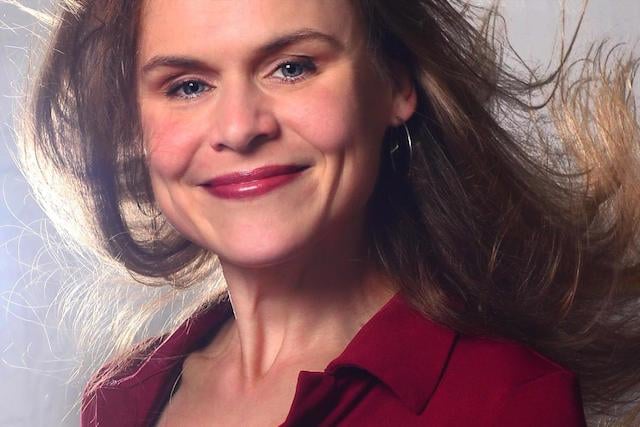
1) I picked this photo, because I like the red that is prominent in it.
2) The rule of simplicity and rule of thirds is present in this photo.
3) Robin Walker took this photo.
Photos Everyone Should Know How to Make
https://petapixel.com/2014/12/01/6-types-photos-know-make/
The website explains different techniques that all photographers should know how to do. These techniques include taking 360 photos, and taking forced perspective photos etc.

1) I picked this photo, because I liked the purples and blues within the pictures.
2) The rule of framing and simplicity is present in this photo.
3) Jeff Meyer took this photo.
http://petapixel.com/2014/12/19/disorienting-beauty-spiral-staircases-old-abandoned-buildings/
On the website, I looked at different images taken by Christian Richter, who photographs abandoned staircases. The images are taken in a variety of different homes, from different angles and perspectives, to capture the outdated but intricate spiral staircase.
1) I picked this photo because I liked the variety of colors and textures incorporated.
2) I see the rule of lines and the rule of thirds present in this photo.
3) Christian Richter took this picture.
Making A Projection
https://petapixel.com/2015/01/01/projector-brought-forest-turns-nature-glowing-wonderland/
On this website, I learned that projections can be displayed on a multitude of surfaces, including the forest. The article explained how two artists used projections to capture different photos.
1) I picked this photo, because the way the projection illuminates the frog is very interesting to look at.
2) The rule of simplicity and avoiding mergers is present in this picture.
3) Tarek Mawad took this photo.
Style
https://petapixel.com/2014/08/25/approaching-problem-style/
The website mostly explains different ways for photographers to express their own style, avoiding cliches. To develop style, you should step outside of the box and take pictures that excite you.
1) I picked this photo, because I like the red that is prominent in it.
2) The rule of simplicity and rule of thirds is present in this photo.
3) Robin Walker took this photo.
Photos Everyone Should Know How to Make
https://petapixel.com/2014/12/01/6-types-photos-know-make/
The website explains different techniques that all photographers should know how to do. These techniques include taking 360 photos, and taking forced perspective photos etc.
1) I picked this photo, because I liked the purples and blues within the pictures.
2) The rule of framing and simplicity is present in this photo.
3) Jeff Meyer took this photo.
Wednesday, November 14, 2018
Wednesday, November 7, 2018
Magazines Part II
Image Based: Image based magazine covers often feature either a single person, or a main object or landscape. This is the most common magazine and advertising approach, featured prominently in celebrity magazines. For instance, in a celebrity magazine, the magazine team may choose to put the celebrity on the cover, being the prime center of focus.
Illustration Based: Illustration based magazine covers are slightly outdated and seen less frequently, more commonly used in the time before computer generated images were possible. However, The New York Times still uses an illustrated cover. The magazines who do choose to use this cover type tend to be smaller, or may specifically use the image to show something humorous or unique.
Type Based: Similarly to illustration based covers, type based covers are also depicted as rare, though still seen more commonly than illustration based. In choosing a type based cover, there is usually an important message or headline that is meant to be communicated. The words also usually have a unique effect on them, causing them to stand out in your mind.
Concept Based: Concept based magazine covers are a mix of all three types, seen very rarely. These covers are used to create shocking or humorous covers. They are difficult to do well, because the message must be easily understood and funny to readers. This type of cover is usually seen in business, news weekly, or independent magazines.
The words on a magazine cover should correlate to the photo taken, and should be easily understood and communicated. The words should not take away from the picture, but rather add to its overall significance and meaning.
Illustration Based: Illustration based magazine covers are slightly outdated and seen less frequently, more commonly used in the time before computer generated images were possible. However, The New York Times still uses an illustrated cover. The magazines who do choose to use this cover type tend to be smaller, or may specifically use the image to show something humorous or unique.
Type Based: Similarly to illustration based covers, type based covers are also depicted as rare, though still seen more commonly than illustration based. In choosing a type based cover, there is usually an important message or headline that is meant to be communicated. The words also usually have a unique effect on them, causing them to stand out in your mind.
Concept Based: Concept based magazine covers are a mix of all three types, seen very rarely. These covers are used to create shocking or humorous covers. They are difficult to do well, because the message must be easily understood and funny to readers. This type of cover is usually seen in business, news weekly, or independent magazines.
The words on a magazine cover should correlate to the photo taken, and should be easily understood and communicated. The words should not take away from the picture, but rather add to its overall significance and meaning.
My Favorite Cover
Favorite:
Critique:
On first look, this cover is very successful in grabbing your attention. This factor is established due to the bright colors of the flowers and makeup that is seen on Kendall Jenner's face. However, on first glance, I couldn't identify that the person in the photo was in fact Kendall Jenner. This may be the result of excess photoshopping or alteration of facial features. The dark eyebrows and bright lips also create a very significant contrast to the tone of her skin. The exposure in this photo is also very bright, making it a very eye- catching cover. There isn't much communicated through the cover, but the stark/harsh colors create a very unique quality.
Finalist
Harper's Bazaar
Kendall Jenner, May 2017
"In May of our 150 anniversary year, supermodel Kendall Jenner blew kisses from our subscriber cover with help from photographer Camilla Akrans and a largely forgotten technology known as lenticular printing. A winking reference to a classic Richard Avedon cover from April 1965, it became a collector’s item overnight, proving that, even in our tech-savvy, Bluetooth-enabled world, the simplest solutions can still pack a punch."Kendall Jenner, May 2017
Critique:
On first look, this cover is very successful in grabbing your attention. This factor is established due to the bright colors of the flowers and makeup that is seen on Kendall Jenner's face. However, on first glance, I couldn't identify that the person in the photo was in fact Kendall Jenner. This may be the result of excess photoshopping or alteration of facial features. The dark eyebrows and bright lips also create a very significant contrast to the tone of her skin. The exposure in this photo is also very bright, making it a very eye- catching cover. There isn't much communicated through the cover, but the stark/harsh colors create a very unique quality.
Monday, November 5, 2018
Best Magazine Covers 2013
1) informal
2) environmental
3) formal
4) informal
5) formal
6) formal
7) formal
8) environmental
9) environmental
10) formal
11) formal
12) environmental
13) formal
14) environmental
15) formal
16) informal
17) environmental
18) formal
19) formal
20) formal
21) formal
22) formal
23) environmental
24) formal
25) environmental
26) environmental
27) informal
Magazine Tips
1) Create covers that evoke curiosity.
2) Make cover easy to scan/read.
3) Make an emotional appeal.
4) Make cover interesting.
5) Make it worth its price and worth reading.
2) Make cover easy to scan/read.
3) Make an emotional appeal.
4) Make cover interesting.
5) Make it worth its price and worth reading.
Sunday, November 4, 2018
American Soldier
A)
This image is the most powerful, because it shows Fisher carrying his gun, soon to be returning home.
B) The images tell a story by showing the steps in the process of getting admitted to the army, and his journey in the army as well.
C) The captions enhance the photographs by giving the photo a backstory and context.
D) Ian Fisher enrolls in the army, and shortly attends basic training. Fisher does well during training, making friends with peers and superior army members. He's then enlisted in the army, where he struggles to maintain his life within the army and outside it. Fisher battles a couple minor injuries and breakups, but overall remains happy. Fisher soon returns home, eager to see his family and friends.
E) When Ian is the subject in the photos, the caption is usually written in present tense.
F)
1) 1-3 Sentences
2) The first sentence provides the basic information, such as who and when the picture was taken.
3) The second sentence describes what is happening in the photo.
4) The third sentence provides extra information.
5) Some captions do include a quote.
6) There are some captions with four sentences.
G) It's possible to tell a story with just photos and captions, because with those two things, you are able to physically see what is happening, and also apprehend extra background information.
H) It's still important to write stories, because people are able to imagine and determine for themselves what certain scenarios are like.
Friday, November 2, 2018
Self Portrait and Portrait Intro
Best tips:


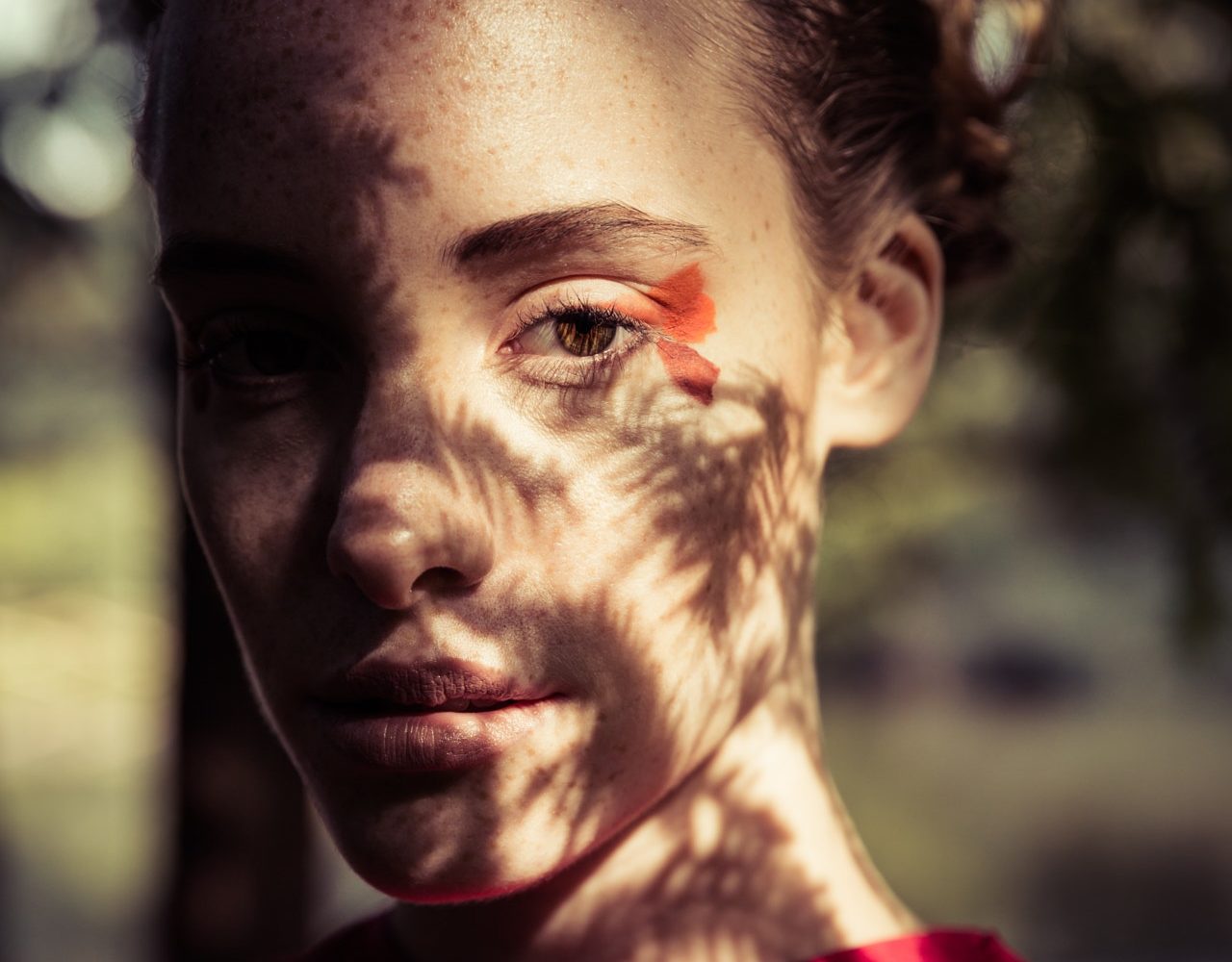
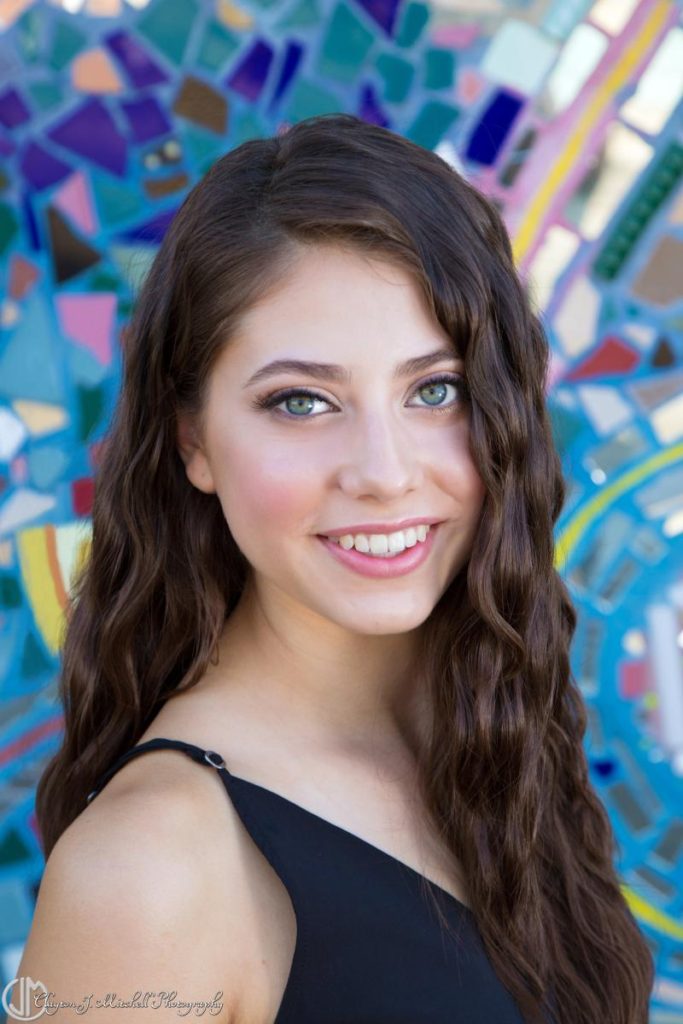

Shoot Candidly
Experiment with Lighting
Environmental:

I like this photo because of the reflection in the window and the neon light.
I like how happy the man is in this photo, and the sense of pride you can feel that he has about his restaurant.
Photography:

I like this photo due to the lighting.

I like the way the shadows are on the girl's face.
Casual:

I like this photo due to the interesting background.

I like this photo because of the apparent culture that is present in it.
I will shoot my friend, Isabella Reyes. I plan to shoot her at one of our houses, in the backyard. I want to try and get natural lighting, so that her face looks clean and natural. I think that I want the photo to be more candid than staged, just to get a better overall feeling.
Monday, October 29, 2018
Ethics In Fashion Photography
1) Lips larger, lifted neck, lowered eyebrows, slimmer neck, bigger eyes, slimmer face, contours added
2) waist was slimmed, legs made longer, made skin lighter, neck made longer, thighs slimmed
3) legs slimmer, waist slimmer, chest area expanded, skin tone made more even, arms slimmer
4) I don't think that it is ethically acceptable to change the girl's appearance like shown in the video, because the final product is often unrecognizable to that of the original picture.
5) I think it would be more ethically wrong if the girls weren't aware of the manipulation, or if the final product was being advertised as real.
6) I think that changes in color or exposure are okay, but changing a person's entire physical appearance is not.
7) Fashion photography seems to feature a lot more doctoring of photos, often in an unethical way. Photojournalism captures real subjects, and only really uses photoshop as a means of enhancing color or exposure.
8) Fashion photography doesn't seem to be very close to reality, making it unethical and not real. Photojournalism is more closely related to reality, making it more ethical.
9) I think you are showing us these videos to expose us to one of the harsh truths of the photography and fashion industry.
10) I believe none of these videos are about guys, because girls are given a more certain image, and are manipulated in photos to fit these standards.
2) waist was slimmed, legs made longer, made skin lighter, neck made longer, thighs slimmed
3) legs slimmer, waist slimmer, chest area expanded, skin tone made more even, arms slimmer
4) I don't think that it is ethically acceptable to change the girl's appearance like shown in the video, because the final product is often unrecognizable to that of the original picture.
5) I think it would be more ethically wrong if the girls weren't aware of the manipulation, or if the final product was being advertised as real.
6) I think that changes in color or exposure are okay, but changing a person's entire physical appearance is not.
7) Fashion photography seems to feature a lot more doctoring of photos, often in an unethical way. Photojournalism captures real subjects, and only really uses photoshop as a means of enhancing color or exposure.
8) Fashion photography doesn't seem to be very close to reality, making it unethical and not real. Photojournalism is more closely related to reality, making it more ethical.
9) I think you are showing us these videos to expose us to one of the harsh truths of the photography and fashion industry.
10) I believe none of these videos are about guys, because girls are given a more certain image, and are manipulated in photos to fit these standards.
Wednesday, October 24, 2018
Funny Captions
Fed up with the daily menu at the nursing home on Old People Road, Thomas John goes on a daring escapade down the street, leaving his caretakers in the dust. John was not pleased with the salmon lunch serving, and refused to eat the provided food.
Upon seeing an annoying raccoon on her roof, Betta Brown takes matters into her own hands, shooting and killing the preposterous vermin. Betta refused to allow the coon to disrupt her family, and promptly loaded her shotgun with one shell; The only one she needed to take it down.
Old man Joe Mcgregor gets a celebratory dance in honor of his 200th birthday, on his gifted cruise to The Bermuda Triangle. Mcgregor very much enjoyed his surprise, and stated that he would be returning on the cruise as soon as possible.
Monday, October 22, 2018
Composition #2
Theme - Animals
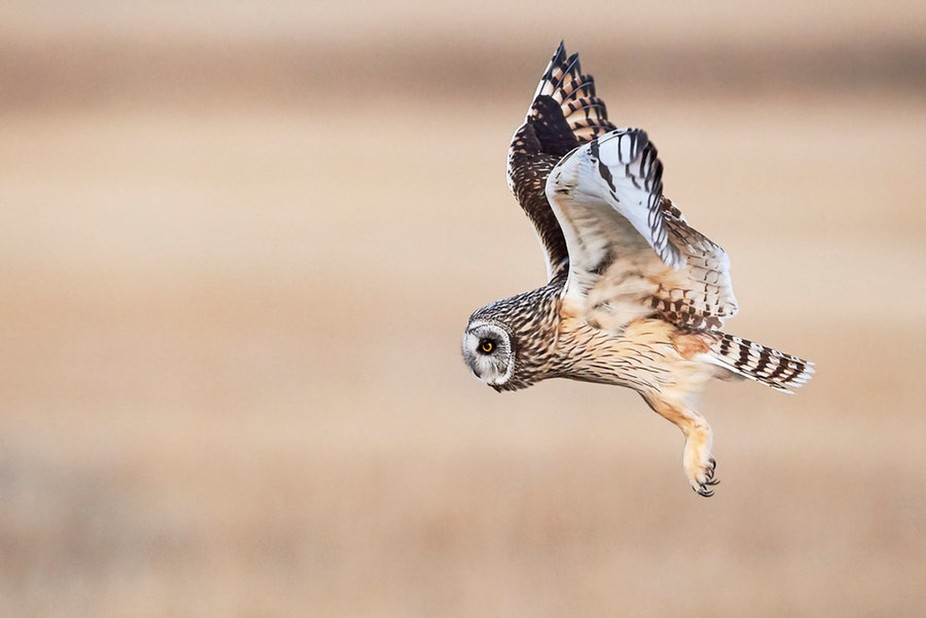
Rule of Thirds

Balancing Elements

Leading Lines

Symmetry and Patterns

Viewpoint

Background

Depth
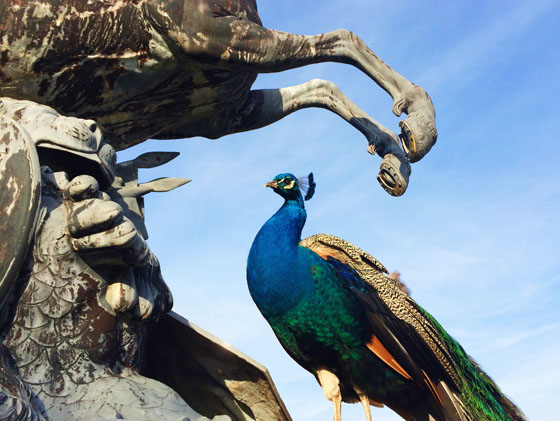
Framing

Cropping

Mergers

Rule of Thirds

Balancing Elements

Leading Lines

Symmetry and Patterns

Viewpoint
Background

Depth

Framing
Cropping

Mergers
Subscribe to:
Comments (Atom)










